Tech Can (And SHOULD) Be More Than A Tease
As a lawyer, it can feel like the promise of technology is just a tease. The world of tech is in headlines everywhere – advertising increased speed, efficiency and automation (hello, ChatGPT!). But if you bill by the hour, it is hard to find the precious time to invest in the choosing, the vetting of tech, the adoption, the configuration, the learning, the improvement etc. Plus, speed, efficiency and automation may not actually be helpful to your bottom line. To the contrary, technology might just mean you need to find more clients and work to fill your sales funnel. If adopting technology (or even simple efficiencies like delegation and checklists) means you make less money or need more work to make the same amount, implementing new tech seems like a terrible tradeoff.
The beautiful thing about shifting from hourly billing to a deliverables-based model is that instead of the technology tease, technology is your co-pilot driving you to your biggest goals! Divorcing the price of a deliverable from the time it takes to produce it means you now have an incentive to find the right tools to drive efficiency and quality – and you get to enjoy doing the intellectually challenging work that only you can do, while the robots do the rest. #Winning!
When you’re thinking about how to leverage technology in your practice, remember that you don’t have to go straight to the deep end. It’s a spectrum of choices, and you can pick and choose the ones that suit you. We often recommend choosing a platform that can scale and flex with you, starting small, getting some early, quick wins under your belt, and then moving to the bigger steps that might be harder to implement (but may also have bigger rewards).
Here are a few efficiency levers you might consider:
- Playbooks: Build a central repository of “playbooks” for your team to reference. These are essentially “how to” guides, and can address everything and anything that needs to be done more than once.
- We work with clients to develop playbooks on all of the how to’s needed to manage your firm. Think: how to draft a particular type of document, how to handle the office mail, how to set up a new client in our system, how to conduct a conflict check, how to send an invoice, how to set up a new computer…the list goes on (and grows by the day).
- Remember to keep all of your playbooks in one place, make them available to everyone on the team, and make them easy to build and update.
- Delegation: Once you have good playbooks and are clear about your expected timeframes and outcomes, delegation can be a great way to let lower-cost resources handle a lot of the work on your plate. (Warning: without clarity as to expectations and “the way”, delegation can be a disaster!)
- Delegation might mean handing projects off to internal resources, or engaging outsourced providers like virtual assistants, outsourced business managers and even function-specific providers such as marketing and social media management agencies.
- Process Blueprints and Automation: Many project or practice management systems have “blueprint” functionality, which allows you to define the tasks to be completed within a particular type of project, and then automatically generate and assign those tasks when you trigger the start of that new project.
- When you evaluate a system, think about whether you can customize or tailor the blueprints (and how easy it is to do so), whether it can be used for all of the processes in your firm, whether it can link to your playbooks, and whether it’s an interface you’ll enjoy using.
- Project Management and Communication Platform: Using a project management platform, can increase your efficiency by streamlining communication across the team, clarifying to-do items, building in automations and blueprints, and integrating various tools.
- Even without automations and integrations, having a single source of truth for the to-do items in your firm is a great way to eliminate waste and increase throughput.
- Document Templates and Automation: A document template library (your own, or a third-party source like Westlaw’s Practical Law or Lexis Practice Advisor or a combination) is a great way to start down the path to document automation. Rather than drafting from scratch every time, you have a well thought out starting point where you can capture various options and comments to lead you through the drafting each time you use it.
- Document automation technology, which often leverages a software platform that asks you questions and customizes your document templates based on your answers, is the next step toward speed and efficiency in document drafting (but may also require significantly more time on the front end to set up the questionnaires and customization).
- Set-And-Forget Tools: We love helping our clients implement tools that will automatically cause specific actions to happen when triggered. For instance, we are proponents of AskNicely.com for sending Client NPS surveys. Once timing parameters are set up, along with branding and messaging, all you have to do is add each new client to the database – from there, the system auto-sends surveys and sends you each response. No need to lift a finger!
There’s so much more to explore in the world of tech and process efficiencies – we’d love to hear your favorites! And if you want to learn more about how our approach and tools could help you benefit from the promise of technology, click here to set up a free consult.




